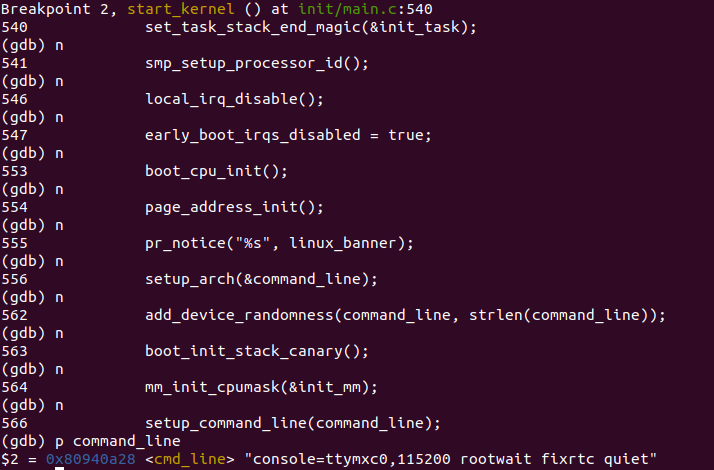How Kontur's UX Researchers Write Guides
In this article, we will tell you why and how we write guides, how they differ from articles, and what benefits they bring.
Why and what for are we doing this?
We talked to the authors of the guides and highlighted the reasons why it is worth investing in their creation, in addition to completing your usual research tasks.
Guides help newbie explorers
Obtain the minimum necessary set of knowledge, structure information on the topic of UX research;
Form your own idea of the work of a researcher in Kontur. In the guides, we describe the principles of our work, so beginners can compare their experience with what is described in the guides and understand whether our tasks are interesting to them or not.
Guides help other roles*
To immerse yourself in the research topic and form a correct understanding of the research process;
Understand whether it is necessary to conduct research and what method to use, formulate arguments in favor of one decision or another.
*Usually other roles are involved in the tasks – product managers, analysts, designers.
Guides help the department and the company
Share expertise online (for example, in professional channels and research chats), initiate discussions among colleagues, and generate new knowledge during the discussion;
Be recognizable in the professional environment. Colleagues from other companies often speak positively about our guides;
To form a portrait of a Kontur researcher and to convey the principles of work in the company.
Guides help us – researchers
Synchronize your research vision with that of your colleagues;
Structure your own experience and knowledge;
Improve your teamwork skills. Guides are written by a group of people, there is not always the same question, there is a common opinion, it is important to be able to agree;
Improve your skill in writing professional texts, the ability to analyze a large amount of information, and extract the essence from it;
Get creative and experience the pleasure of gaining professional insights;
Work on a large-scale, meaningful task and truly enjoy publications in various sources and feedback;
Broadcast UX culture within the company.
What is the difference between a guide and an article?
Articles may express the opinion of only one person, which is not always supported by facts or distorted by specific experience. The content of guides is validated by a group of experienced researchers, each statement is substantiated. In them, as in an encyclopedia, the principles of research are described without water and lyrical digressions.
How we create guides
There is a group in the department that creates guides. During the work, a special process has developed, which we would like to tell you about in more detail.
Step 1. Preparatory work
We told our colleagues about the launch of a new cycle of work on guides and gathered those who wanted to join the working group.
Then we discussed past experience and identified points that we want to take into account:
Process. From experience we know: it is comfortable to work on one guide in a group of no more than 4-5 people. At the same time, it is important to exchange materials with each other in order to enrich the content and not reach a dead end;
Atmosphere. Writing a guide is a creative process. A non-judgmental attitude towards each other's ideas, honesty in the text and between us, jokes and humor help us continue to create;
Motivation. If we understand that we are losing motivation, we support each other and change formats.
Then we brainstormed the topics we wanted to write about. We voted for them, chose two, and split into groups.
During the work, the composition of the groups changed – some went on maternity leave, some moved to product, and some, on the contrary, joined the work on the guide.
Step 2. Highlighting meanings and building a structure
We started the group work by writing the meanings — the theses that we want to convey to the readers. During the work, the groups reviewed each other. This allowed us to discuss and add new meanings that formed the basis of the guide.
Then we identified the semantic blocks and thought out the structure of the future guide.
Step 3. Writing the text
This is the longest, most difficult and magical stage, where the theses are transformed into a meaningful text.
In the groups, we divided the semantic blocks between ourselves, each participant wrote their own piece of text. At the meetings, we reviewed each other's text, wrote comments, discussed them, crossed them out, rewrote the text and made sure that the meanings we planned to convey were preserved.
Each group met at its own pace, each with its own story about bargaining and acceptance. There were moments when we reached a dead end – the text seemed to be written, but it did not convey the necessary meaning. We had to return to the theses, write and rewrite again.
During difficult periods, when it was necessary to find strength and motivation to continue, the support of the group members and the driver helped. The driver scheduled meetings, changed the format of meetings if necessary, encouraged the participants, reminded where we are, who we are and why all this is happening.
Once the pieces of text were written, one person from the group would assemble the final version and proofread it. This made inconsistencies and semantic repetitions that still needed work more visible. The blocks of text written by different people acquired a unified style and became a coherent text.
Then the whole group proofread the text: removed repetitions, refined the meanings, crossed out unnecessary things, sometimes changed the logic and rewrote it again.
Step 4: Final Review and Publication
When the group members are confident that the text is good and conveys the necessary meanings, the review stage begins – it helps to see controversial points and bring the content to the final version.
There are several stages of review. We give the text to:
To another group on guides
For product designers
For copywriters
Afterwards, we work with comments and edit the text. Here again, the story of bargaining and acceptance arises: edit and rewrite again or leave as is. The group thinks that the text is ready, but colleagues ask questions and notice rough edges.
When the last edits are made, the most pleasant and responsible moment comes — publication of the guide. We check the text once again on the test and… hurray! We share the news about the release of the new guide with the department and the research community.
Nuance
The process described above is relevant for guides:
But this year there was a new experience – a guide UX review of the interface appeared not in a guide writing group, but thanks to the desire of our colleagues to understand the principles of interface design.
Initially, this work was not supposed to become a guide, but its result fits well into this structure. The collected information turned out to be important and useful – the department's researchers began to actively use it, so we decided to put the topic into a separate guide.
This is the path that guides take from a set of theses to the final text. Well-coordinated group work, persistence and the desire to be useful help us not to give up, to structure our own experience and share it internally and externally!
Come read ours guides and subscribe to the telegram channel about research with a tasty name “Pastries”.




